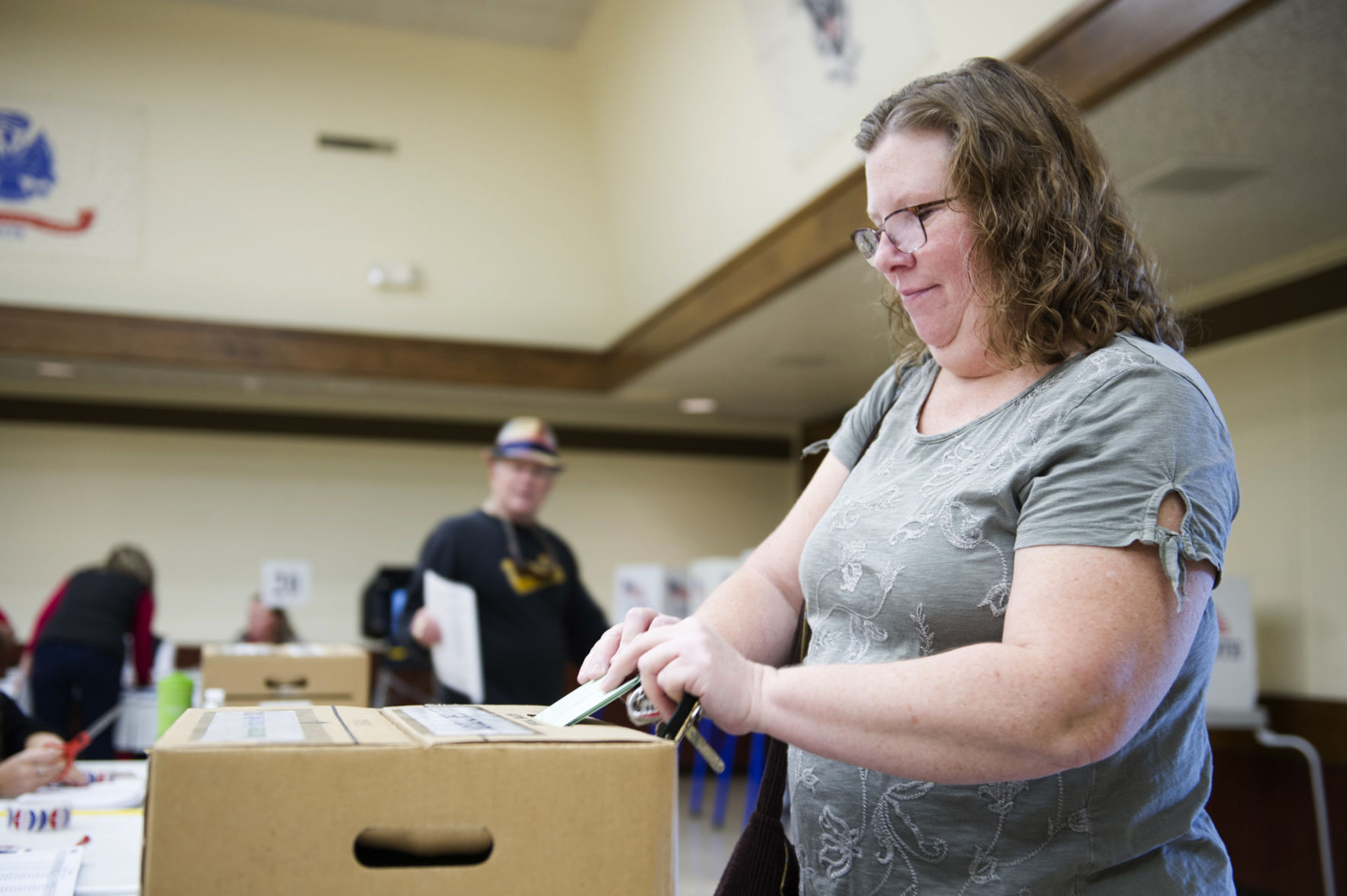

state governments.Įlections that take place two years after a presidential vote, or halfway through a president’s term, are called “midterms.” They are often seen as a referendum on the sitting president’s policies because they are the first national vote after a presidential election. A similar three-part structure is found in U.S. government are the executive branch - which includes the presidency and most federal agencies and is responsible for carrying out the laws - and the judicial branch, which evaluates laws. Congress, which is made up of two chambers, the House of Representatives and the Senate.

They are also used to collect demographic data about voters and gain insights into voters’ motivations, information which is not captured at the ballot box. They can be used to project the winner in races where the margin between candidates is large. 8.Įxit polls are surveys of voters usually taken as they leave, or exit, their polling places. Forty-six states permit some form of no-excuse early voting, according to the election website Ballotpedia.īy law, general elections in the United States take place on the first Tuesday after the first Monday in November. Some states allow anyone to do this (called no-excuse early voting), while other states allow it only for those with a valid reason, such as old age or disability. states allow citizens to cast ballots in person at a polling station prior to the election. However, the party’s hold on Congress is slim with an eight-seat majority in the House of Representatives and control in the equally divided Senate resulting only because Vice President Kalama Harris can break a tie. Currently, Democrats control the presidency and both houses of Congress. According to Reuters, 43 House races out of the chamber’s 435 seats up for election – or about 10% - are considered competitive this year.ĭemocrats make up the Democratic Party, one of the two main parties in the United States. Most races are not considered competitive. The group’s research shows 45 states give officials with ties to political parties a role in local-level certification, while 39 states give politically tied officials exclusive control over state-level certification.Ĭompetitive races are heavily followed because both the Democratic and Republican candidates are seen as having a legitimate chance of winning. Most of the officials who oversee the certification process are elected partisans or are appointed by political officials, according to the advocacy group Election Reformers Network. The Associated Press, which calls races throughout the United States, says it “does not make projections and will only declare a winner when it’s determined there is no scenario that would allow the trailing candidates to close the gap.”Īfter votes are tallied, they are certified at both the local and state level. However, when a race is close, news agencies usually wait to call a winner until final results are given. This is because it often takes days or weeks before all votes are counted in many districts and, often, partial results are enough to mathematically determine a winner. News outlets often “call” a winner before every ballot is counted and before officials announce final results. The increase in abortion-related measures follows this year’s Supreme Court decision overturning a national right to an abortion, which gave states the final power to set most abortion laws. Topics of this year’s ballot measures include marijuana, voting-related policies and abortion, the latter of which is appearing on ballots in six states. Apart from national, statewide and local races, many states have measures on the ballot, which are issues or questions that voters are asked to decide.


 0 kommentar(er)
0 kommentar(er)
